Unveiling the Significance of Exhaust Throttle Valve Position Sensor: A Comprehensive Guide

In the intricate network of components that constitute a modern vehicle’s engine system, the exhaust throttle valve position sensor plays a crucial role. This sensor, often abbreviated as ETV or ETP, is responsible for monitoring the position of the exhaust throttle valve within the exhaust system. By providing real-time feedback on the valve’s position, this sensor contributes significantly to the engine’s performance and emissions control.
Importance of Exhaust Systems in Modern Vehicles
Before delving deeper into the intricacies of the exhaust throttle valve position sensor, it’s essential to understand the significance of exhaust systems in contemporary automobiles. The exhaust system plays a pivotal role in ensuring the smooth operation of the engine and minimizing harmful emissions.
Modern vehicles are equipped with increasingly sophisticated exhaust systems designed to meet stringent emission regulations while optimizing engine performance. These systems comprise various components, including catalytic converters, mufflers, exhaust pipes, and, of course, the exhaust throttle valve, each serving a specific purpose in the emission control process.
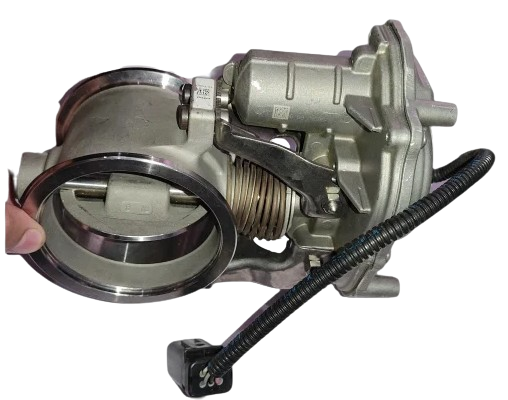
Introduction to the Key Focus: Exhaust Throttle Valve Position Sensor
Among the components housed within the exhaust system, the exhaust throttle valve position sensor stands out for its role in monitoring and controlling exhaust flow. This sensor detects the position of the exhaust throttle valve, which regulates the flow of exhaust gases exiting the engine. Understanding the function and importance of this sensor is crucial for maintaining optimal engine performance and complying with emission standards. In the following sections, we’ll delve deeper into how the exhaust throttle valve position sensor works, its significance in vehicle operation, and the implications of its malfunction.
Understanding Exhaust Throttle Valve Position Sensor
Definition and Function
- Explanation of the Exhaust Throttle Valve The exhaust throttle valve is a critical component within the exhaust system of an automobile. It’s positioned along the exhaust pathway and serves to regulate the flow of exhaust gases exiting the engine. By adjusting the aperture of the valve, the engine can control backpressure, which in turn affects engine performance and emissions.
- Role of the Position Sensor The exhaust throttle valve position sensor is tasked with monitoring the position of the exhaust throttle valve. Its primary function is to provide real-time feedback to the engine control unit (ECU) regarding the precise position of the valve. This information enables the ECU to make necessary adjustments to optimize engine performance and emissions control.
Components and Construction
- Sensor Types and Designs Exhaust throttle valve position sensors come in various types and designs, depending on the specific requirements of the vehicle and the complexity of the exhaust system. Common sensor types include potentiometric sensors, Hall effect sensors, and optical sensors. These sensors utilize different mechanisms to detect the position of the throttle valve accurately.
- Integration within the Exhaust System Typically, exhaust throttle valve position sensors are integrated directly into the exhaust system, close to the throttle valve mechanism. This placement ensures optimal detection of the valve’s position while minimizing interference from external factors such as heat and vibration. The sensor is often housed within a protective casing to shield it from environmental elements.
Operating Principle
- Detection of Throttle Valve Position The exhaust throttle valve position sensor operates on the principle of detecting changes in position or orientation. As the throttle valve moves within the exhaust system, the sensor registers these movements and translates them into electrical signals. These signals are then processed by the ECU to determine the precise position of the valve.
- Communication with the Engine Control Unit (ECU) Once the sensor detects the position of the throttle valve, it communicates this information to the ECU via electrical signals. The ECU then uses this data to adjust various engine parameters, such as fuel injection timing, air-fuel mixture, and ignition timing, to ensure optimal performance and emissions control. The seamless communication between the sensor and the ECU is essential for maintaining engine efficiency and complying with emission regulations.
Importance in Vehicle Performance
Optimization of Engine Efficiency
- Regulation of Exhaust Gas Flow The exhaust throttle valve position sensor plays a crucial role in optimizing engine efficiency by precisely regulating the flow of exhaust gases. By adjusting the position of the throttle valve based on real-time feedback from the sensor, the engine can maintain optimal backpressure levels. This ensures efficient scavenging of exhaust gases from the combustion chamber, allowing the engine to operate at peak performance.
- Impact on Fuel Consumption Efficient exhaust gas management, facilitated by the exhaust throttle valve position sensor, directly impacts fuel consumption. By maintaining the ideal balance of backpressure in the exhaust system, the engine can achieve better fuel efficiency. This is achieved by ensuring that the engine operates within its optimal performance parameters, minimizing fuel wastage and maximizing mileage.
Emission Control
- Role in Maintaining Emissions Standards In today’s automotive landscape, stringent emissions standards are a primary concern for manufacturers and regulatory bodies alike. The exhaust throttle valve position sensor plays a crucial role in helping vehicles comply with these standards by ensuring precise control over exhaust gas flow. By accurately regulating emissions, vehicles equipped with this sensor can meet or exceed mandated emissions limits.
- Contribution to Environmental Sustainability By facilitating the efficient management of exhaust emissions, the exhaust throttle valve position sensor contributes significantly to environmental sustainability. Reduced emissions mean lower levels of harmful pollutants released into the atmosphere, resulting in cleaner air quality and reduced environmental impact. This aligns with global efforts to mitigate the effects of climate change and promote sustainable transportation practices.
Enhancing Engine Safety and Longevity
- Prevention of Engine Damage Proper management of exhaust gas flow, facilitated by the exhaust throttle valve position sensor, helps prevent potential damage to the engine. Excessive backpressure or inadequate exhaust gas evacuation can lead to increased stress on engine components, potentially resulting in premature wear and damage. By ensuring optimal exhaust system operation, the sensor helps safeguard the engine against such issues, promoting longevity and reliability.
- Ensuring Smooth Operation A smoothly functioning exhaust system is essential for the overall operation of the engine. The exhaust throttle valve position sensor plays a vital role in maintaining this smooth operation by continuously monitoring and adjusting exhaust gas flow. This ensures that the engine operates efficiently and reliably under various driving conditions, enhancing overall vehicle performance and driving experience.
Common Issues and Troubleshooting
Sensor Malfunction
- Causes of Sensor Failure Sensor failure can occur due to various reasons, including:
- Exposure to extreme temperatures, leading to sensor damage or malfunction.
- Wear and tear over time, causing degradation of internal components.
- Corrosion or contamination from exhaust gases or environmental factors.
- Electrical issues such as wiring damage or connection problems.
- Manufacturing defects or quality issues in sensor components.
- Symptoms of a Faulty Sensor Recognizing the signs of a faulty exhaust throttle valve position sensor is crucial for timely diagnosis and repair. Common symptoms include:
- Engine performance issues such as rough idling, hesitation, or lack of power.
- Increased fuel consumption due to inefficient exhaust gas management.
- Illumination of the check engine light on the vehicle’s dashboard.
- Difficulty starting the engine or irregular engine operation.
- Decreased overall vehicle performance and responsiveness.
Diagnostic Procedures
- Onboard Diagnostics (OBD) Codes Related to the Sensor When a fault occurs with the exhaust throttle valve position sensor, it often triggers specific diagnostic trouble codes (DTCs) stored in the vehicle’s onboard computer system. Common OBD codes related to sensor malfunction include:
- P0120: Throttle/Pedal Position Sensor/Switch “A” Circuit Malfunction.
- P0121: Throttle/Pedal Position Sensor/Switch “A” Circuit Range/Performance Problem.
- P0122: Throttle/Pedal Position Sensor/Switch “A” Circuit Low Input.
- P0123: Throttle/Pedal Position Sensor/Switch “A” Circuit High Input.
- P0220: Throttle/Pedal Position Sensor/Switch “B” Circuit Malfunction.
- P0221: Throttle/Pedal Position Sensor/Switch “B” Circuit Range/Performance Problem.
- P0222: Throttle/Pedal Position Sensor/Switch “B” Circuit Low Input.
- P0223: Throttle/Pedal Position Sensor/Switch “B” Circuit High Input.
- Steps for Troubleshooting and Repair When faced with a suspected issue with the exhaust throttle valve position sensor, the following steps can help diagnose and resolve the problem:
- Conduct a visual inspection of the sensor and its wiring harness for any signs of damage, corrosion, or loose connections.
- Use diagnostic tools such as an OBD scanner to retrieve stored trouble codes and pinpoint the specific issue affecting the sensor.
- Test the sensor’s functionality using multimeters or oscilloscopes to measure voltage output and verify proper operation.
- If the sensor is determined to be faulty, replace it with a new, high-quality sensor compatible with the vehicle’s make and model.
- Clear any stored trouble codes and perform a test drive to verify that the issue has been resolved and that the sensor is functioning correctly.
By following these diagnostic procedures, technicians can effectively troubleshoot and repair issues related to the exhaust throttle valve position sensor, ensuring optimal engine performance and emissions control.
Maintenance and Care
Regular Inspection
- Recommended Inspection Intervals Regular inspection of the exhaust throttle valve position sensor is essential to ensure its proper functioning and longevity. It is recommended to inspect the sensor during routine vehicle maintenance intervals, which typically occur every 10,000 to 15,000 miles or as specified by the vehicle manufacturer.
- Visual and Functional Checks During inspection, visually examine the sensor and its surrounding components for signs of damage, corrosion, or contamination. Additionally, perform functional checks using diagnostic tools to verify the sensor’s operation and detect any abnormalities in its output signals.
Cleaning and Calibration
- Importance of Sensor Cleanliness Maintaining cleanliness is crucial for the optimal performance of the exhaust throttle valve position sensor. Accumulated dirt, debris, or contaminants can interfere with sensor readings, leading to inaccuracies or malfunctions. Regular cleaning helps ensure accurate sensor operation and prevents potential issues.
- Calibration Procedures, if Applicable Some exhaust throttle valve position sensors may require periodic calibration to maintain accuracy. Calibration procedures, if applicable, should be performed according to the manufacturer’s specifications using specialized equipment and tools. Proper calibration ensures that the sensor provides precise readings under varying operating conditions.
Replacement Guidelines
- Factors Influencing Sensor Lifespan Several factors can influence the lifespan of the exhaust throttle valve position sensor, including:
- Operating conditions: Extreme temperatures, high levels of vibration, or exposure to corrosive substances can accelerate sensor degradation.
- Maintenance practices: Regular inspection, cleaning, and proper care can extend the sensor’s lifespan.
- Quality of components: The quality of materials and manufacturing processes used in sensor construction can affect its durability and longevity.
- Signs Indicating the Need for Replacement Knowing when to replace the exhaust throttle valve position sensor is crucial for maintaining vehicle performance and emissions control. Signs indicating the need for replacement include:
- Persistent check engine light illumination related to sensor malfunctions.
- Engine performance issues such as rough idling, hesitation, or decreased power.
- Increased fuel consumption due to inefficient exhaust gas management.
- Failure to pass emissions tests due to excessive emissions. If any of these symptoms are observed, it is recommended to replace the sensor promptly to prevent further damage to the engine and ensure optimal vehicle operation.
By following these maintenance and care guidelines, vehicle owners can ensure the proper functioning and longevity of the exhaust throttle valve position sensor, contributing to overall vehicle reliability and performance.
Future Developments and Innovations
Advancements in Sensor Technology
- Trends in Sensor Design and Functionality Future developments in exhaust throttle valve position sensor technology are expected to focus on enhancing accuracy, reliability, and efficiency. Advancements may include:
- Integration of advanced materials and manufacturing techniques to improve sensor durability and performance.
- Miniaturization of sensor components to reduce size and weight, enabling more versatile installation options.
- Implementation of advanced sensing technologies such as MEMS (Microelectromechanical Systems) for higher precision and faster response times.
- Incorporation of smart features such as self-diagnostic capabilities and wireless connectivity for enhanced monitoring and control.
- Potential Impact on Vehicle Performance and Emissions These advancements hold the potential to significantly impact vehicle performance and emissions control:
- Improved sensor accuracy and responsiveness can enable more precise control over exhaust gas flow, leading to enhanced engine efficiency and reduced emissions.
- Enhanced diagnostic capabilities can facilitate proactive maintenance and troubleshooting, minimizing downtime and optimizing vehicle operation.
- Integration with advanced engine management systems and predictive analytics can further optimize engine performance and emissions control in real-time, adapting to changing driving conditions and environmental factors.
Integration with Autonomous and Electric Vehicles
- Role in Advanced Propulsion Systems As the automotive industry shifts towards autonomous and electric vehicle technologies, the role of exhaust throttle valve position sensors may evolve:
- In electric vehicles (EVs), exhaust throttle valve position sensors may be replaced by sensors monitoring other aspects of the powertrain, such as battery temperature or motor performance.
- In hybrid vehicles, exhaust throttle valve position sensors may continue to play a role in managing internal combustion engine operation during hybrid mode or charging cycles.
- In autonomous vehicles, exhaust throttle valve position sensors may be integrated into comprehensive sensor arrays for real-time monitoring of vehicle systems and environmental conditions, contributing to overall vehicle safety and efficiency.
- Adaptation to Evolving Automotive Technologies Manufacturers of exhaust throttle valve position sensors are likely to adapt their products to meet the specific requirements of autonomous and electric vehicles:
- Sensors may be redesigned to withstand the unique operating conditions of electric propulsion systems, such as high voltages and rapid temperature fluctuations.
- Integration with vehicle-to-vehicle (V2V) and vehicle-to-infrastructure (V2I) communication systems may enable exhaust throttle valve position sensors to contribute to collaborative traffic management and energy optimization strategies.
- Collaboration with automakers and technology partners will be essential to ensure seamless integration of exhaust throttle valve position sensors into the evolving automotive ecosystem, supporting the transition towards cleaner, safer, and more efficient transportation solutions.
By staying at the forefront of sensor technology and embracing the challenges and opportunities presented by autonomous and electric vehicle technologies, exhaust throttle valve position sensor manufacturers can continue to drive innovation and contribute to a sustainable future for the automotive industry.
Conclusion
Throughout this article, we have explored the critical role played by the exhaust throttle valve position sensor in modern vehicle systems. This sensor, often overlooked but essential, is tasked with monitoring the position of the exhaust throttle valve, facilitating precise control over exhaust gas flow and contributing to engine performance and emissions control.
Emphasis on Its Role in Vehicle Performance, Emissions Control, and Engine Safety
The exhaust throttle valve position sensor serves as a linchpin in ensuring optimal vehicle operation:
- It plays a vital role in optimizing engine efficiency by regulating exhaust gas flow, thereby impacting fuel consumption and emissions levels.
- By contributing to emissions control, the sensor helps vehicles comply with stringent environmental standards, promoting cleaner air quality and environmental sustainability.
- Additionally, the sensor enhances engine safety and longevity by preventing damage and ensuring smooth operation under various driving conditions.
Looking Ahead to Future Developments and Innovations in Sensor Technology
As automotive technology continues to evolve, so too will exhaust throttle valve position sensor technology:
- Advancements in sensor design and functionality will enhance accuracy, reliability, and efficiency, paving the way for improved vehicle performance and emissions control.
- Integration with autonomous and electric vehicle systems will necessitate adaptation and innovation, ensuring seamless compatibility and optimal performance in the vehicles of tomorrow.
- Collaboration between sensor manufacturers, automakers, and technology partners will drive future developments, shaping the automotive industry’s transition towards cleaner, safer, and more efficient transportation solutions.
In conclusion, the exhaust throttle valve position sensor may be a small component, but its significance cannot be overstated. From optimizing engine performance to mitigating environmental impact, this sensor plays a crucial role in shaping the future of automotive technology. As we look ahead, we anticipate continued advancements and innovations that will further enhance the capabilities and effectiveness of this essential component, contributing to a brighter and more sustainable automotive future.











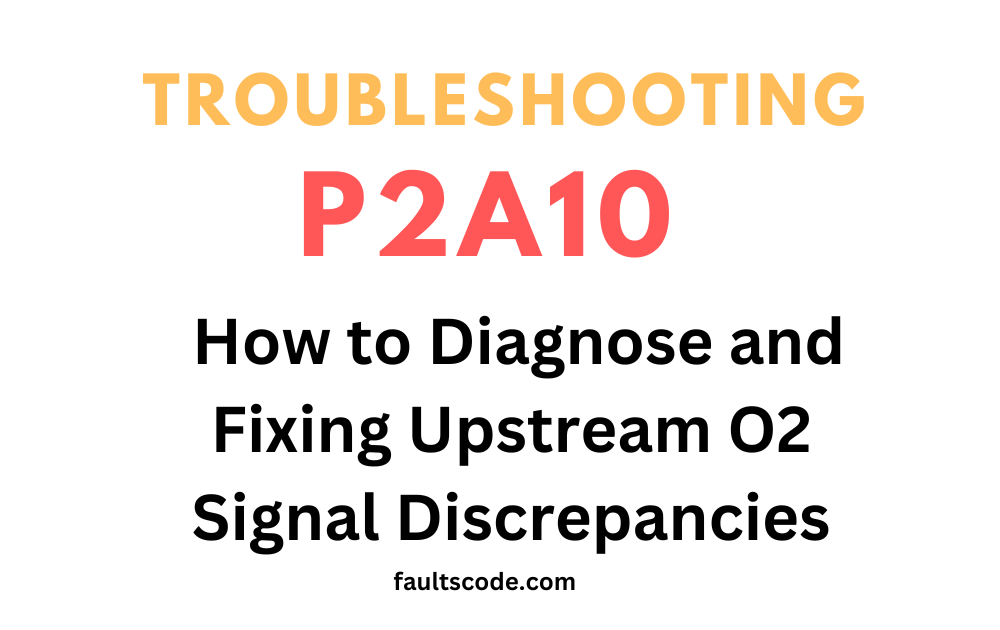


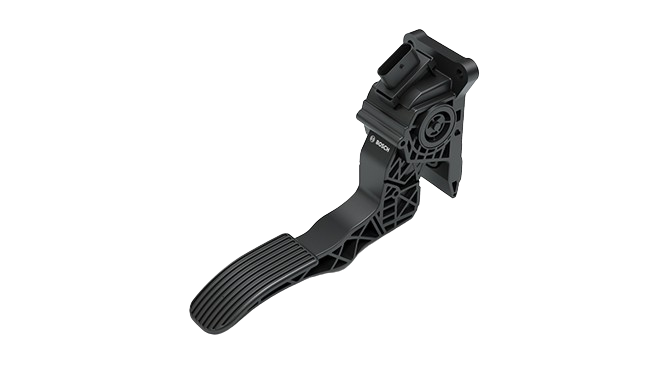


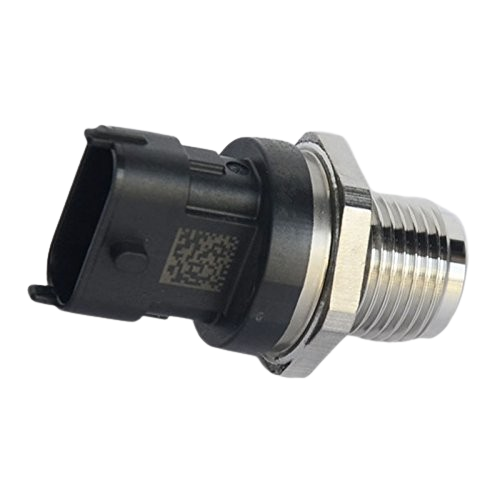
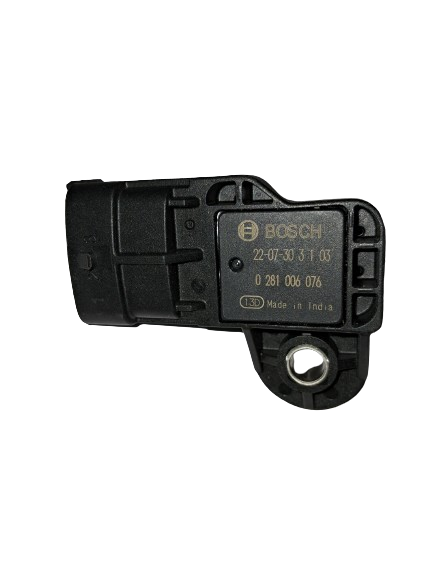

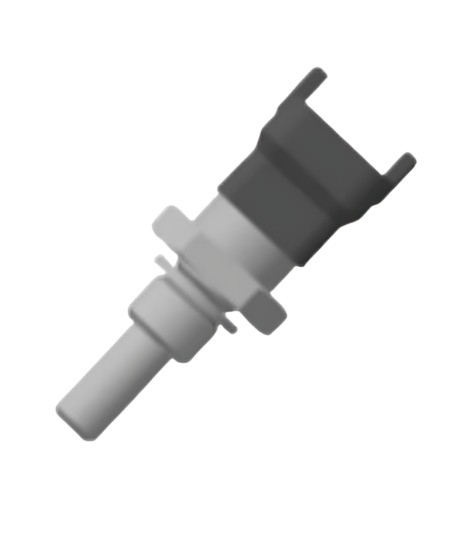
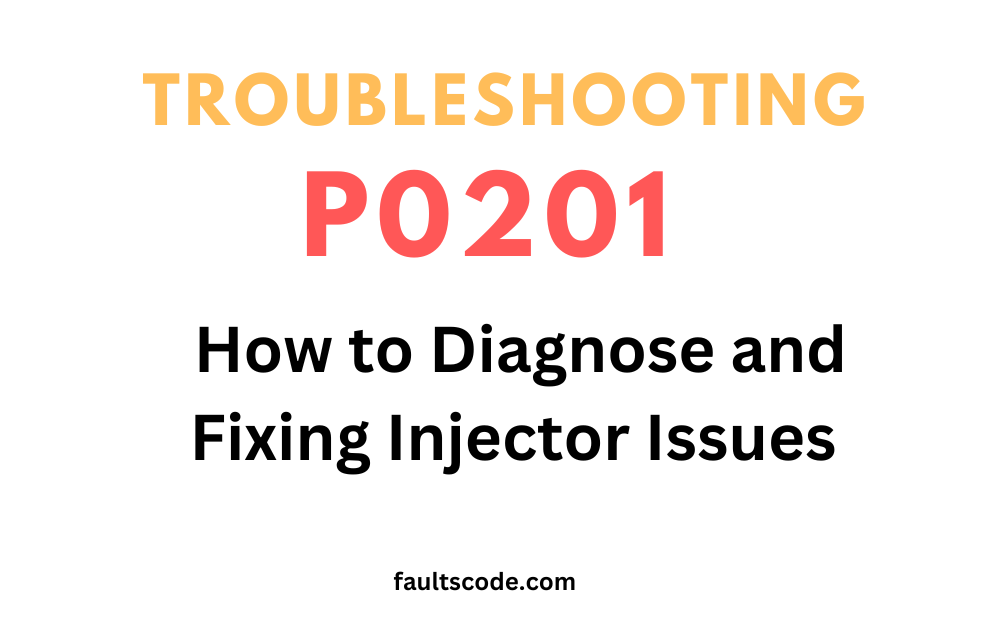

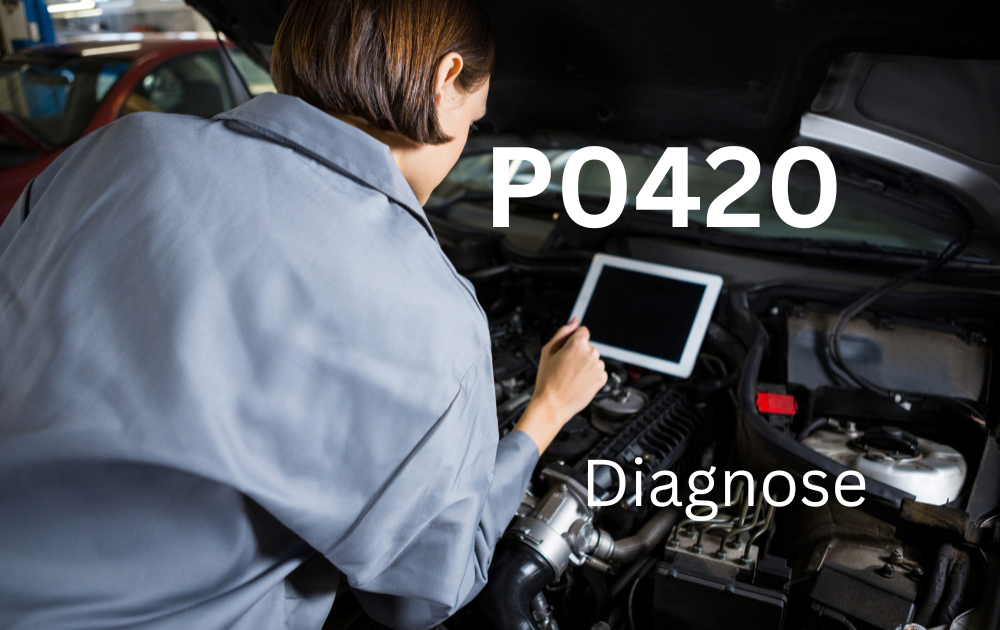
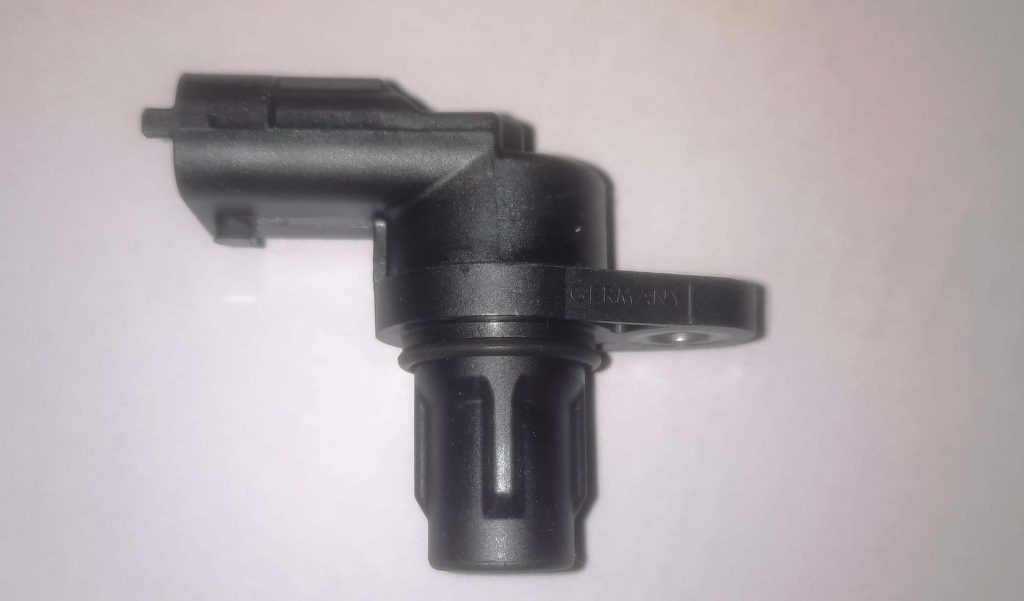
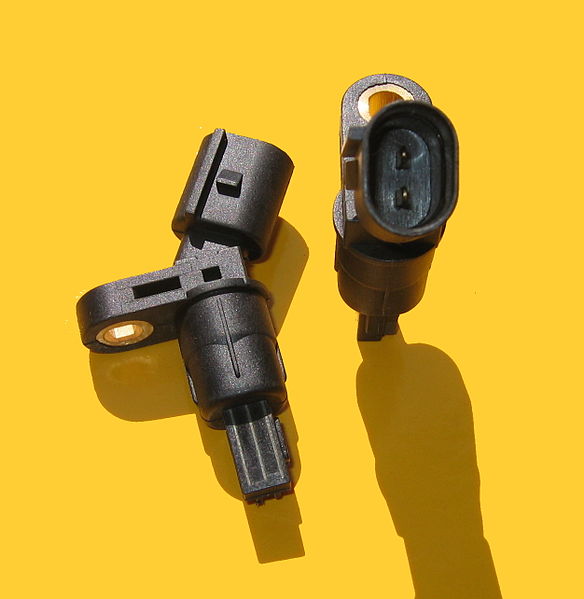
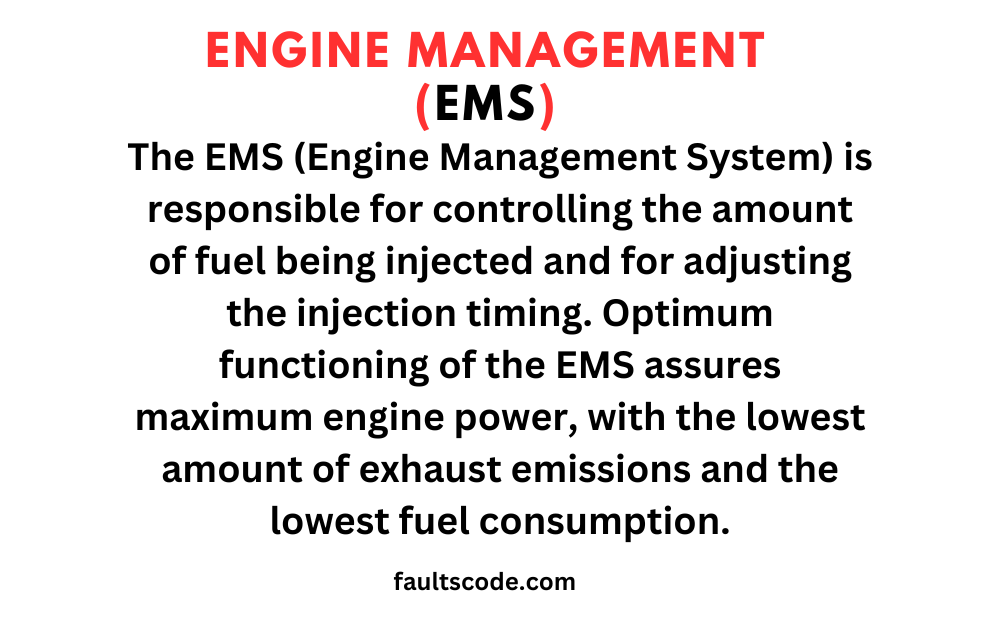




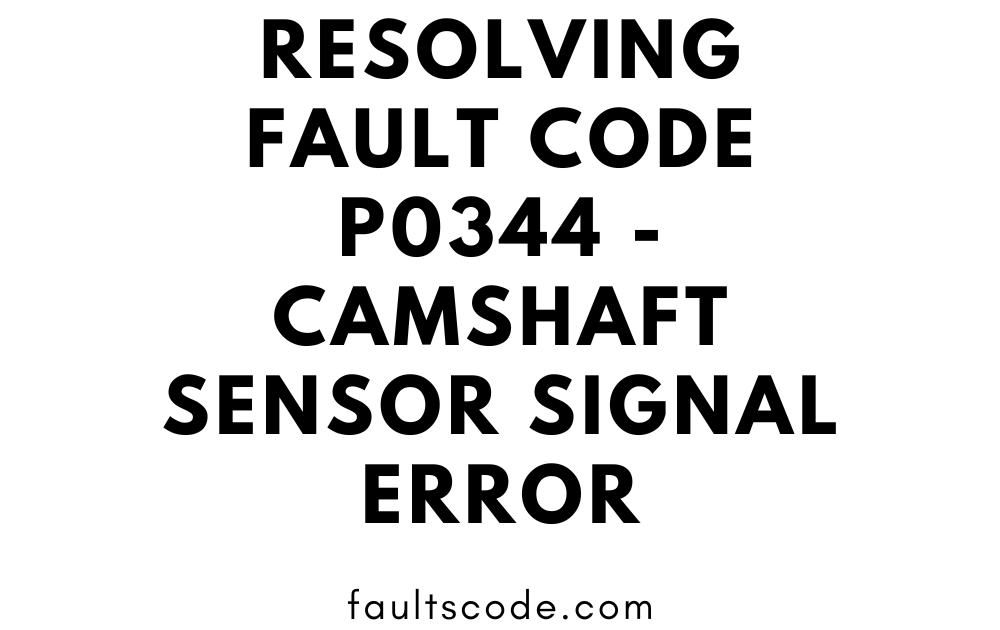






Nancy Hickman
01st Apr 2024I do believe all the ideas you’ve presented for your post. They are really convincing and will certainly work. Nonetheless, the posts are too short for novices. May just you please lengthen them a little from subsequent time? Thanks for the post.
Founder
19th Apr 2024Hello Nancy Hickman,
Tnanks for commenting, I will try to write longer post in Future.